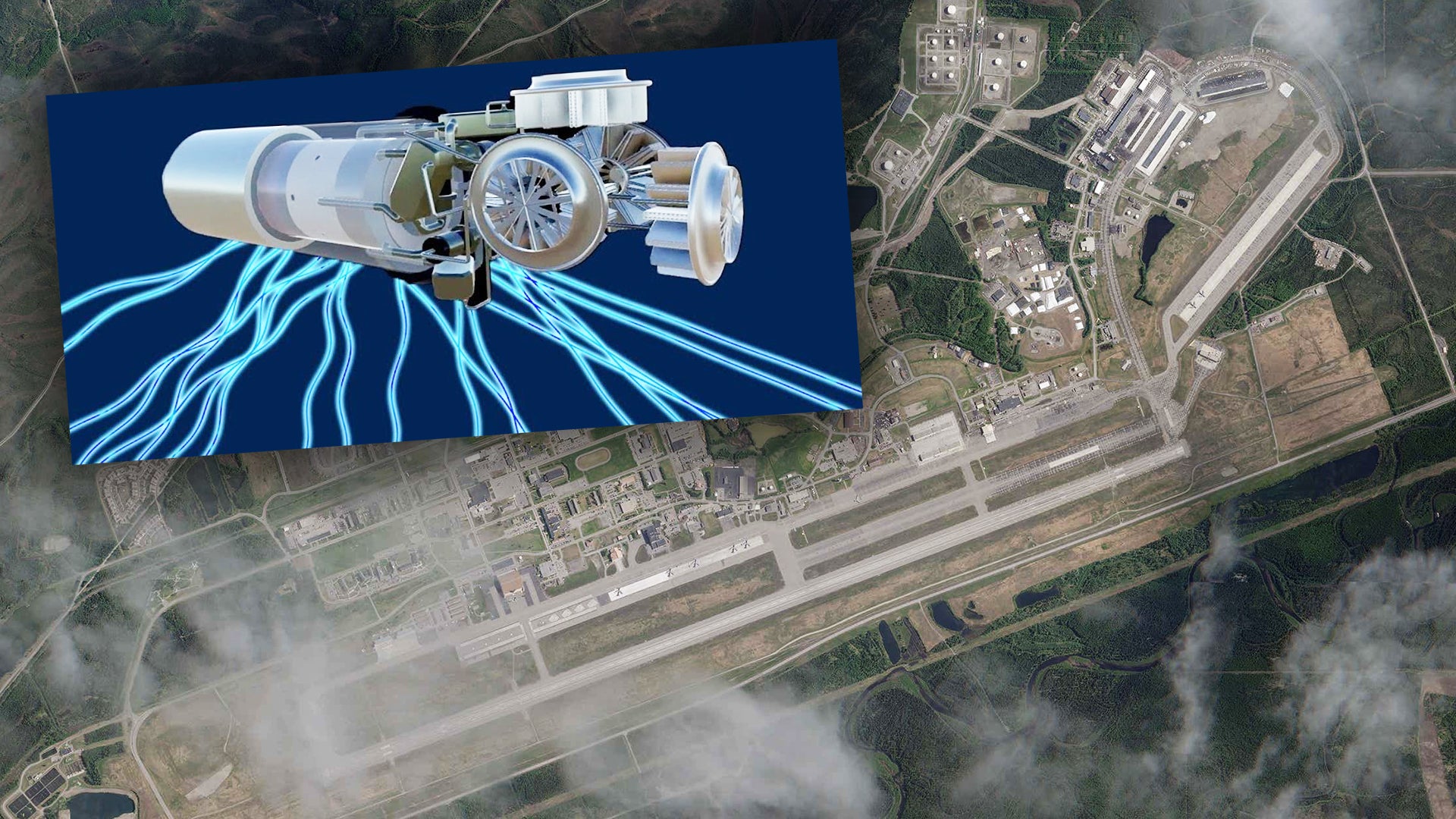The U.S. Air Force recently announced that it has picked Eielson Air Force Base in Alaska as the base to host a new small nuclear reactor as part of a pilot program. The U.S. military, as a whole, together with the Department of Energy has been increasingly looking into micro-reactor designs as possible ways to meet ever-growing electricity demands, including for units on the battlefield, as well as to help cut costs and improve general operational efficiency by reducing reliance on fossil fuels.
The Department of the Air Force announced the selection of Eielson as the host facility for this pilot reactor on Oct. 18, 2021. The base is situated deep within the interior of Alaska near the city of Fairbanks and is around 110 miles south of the Arctic Circle. It is home to the active-duty 354th Fighter Wing, which flies F-35A Joint Strike Fighters and F-16 Viper aggressor jets, as well as the Alaska Air National Guard’s 168th Air Refueling Wing with its KC-135 tankers, among other units.

“Energy is a critical asset to ensure mission continuity at our installations,” Deputy Assistant Secretary of the Air Force for Environment, Safety, and Infrastructure Mark Correll said in a statement. “Micro-reactors are a promising technology for ensuring energy resilience and reliability, and are particularly well-suited for powering and heating remote domestic military bases like Eielson AFB.”
It is not clear exactly what the specifications might be for the reactor that is now set to be constructed at Eielson, which will be Nuclear Regulatory Commission (NRC) certified and contractor-owned and operated, or when it might first go critical or reach its full expected power output. The Air Force did say that the project in question had been initiated in response to language in the annual defense policy bill, or National Defense Authorization Act (NDAA), for the 2019 Fiscal Year and that the goal is for the micro-reactor to be fully operational by the end of 2027.
This would seem to indicate that this reactor is the one that the Office of the Secretary of Defense’s Strategic Capabilities Office (SCO) is leading the development of as part of an effort known as Project Pele. The goal of that project, which started in 2019 and that you can read more about here, is to demonstrate a small reactor capable of producing between one and five megawatts of power. By comparison, typical civilian nuclear power plants generate hundreds or even thousands of megawatts. The microreactor Project Pele is seeking is small in terms of power generation even compared to the compact designs used in nuclear-powered submarines, such as the 40-megawatt class S9G used in the U.S. Navy’s Virginia class boats.

The Project Pele reactor will also use Tri-structural Isotropic (TRISO) fuel. “Each TRISO particle is made up of a uranium, carbon, and oxygen fuel kernel,” an official Department of Energy news item explains. “The kernel is encapsulated by three layers of carbon- and ceramic-based materials that prevent the release of radioactive fission products.” TRISO nuclear fuels are typically described as offering higher performance than comparable amounts of traditional fissile material used in power plants, as well as being safer to use and handle. This, in turn, enables the development of more compact, but also more reliable, reactors.
In March, the Pentagon awarded contracts for prototype Project Pele reactors to X-Energy and BWX Technologies. These deals cover the continued maturation of the respective designs over the next two years, with the expectation being that a winning design will be selected afterward. The hope is that work on an actual microreactor will begin by the end of the 2022 Fiscal Year.


The Air Force also did not detail the reasons behind why it chose Eielson for this project, but the Department of Defense, the Department of Energy, and independent organizations have all suggested it as a potential location for microreactor testing in the past. Its location and existing power infrastructure — it has its own coal-fired power plant already — have long made it an attractive option.
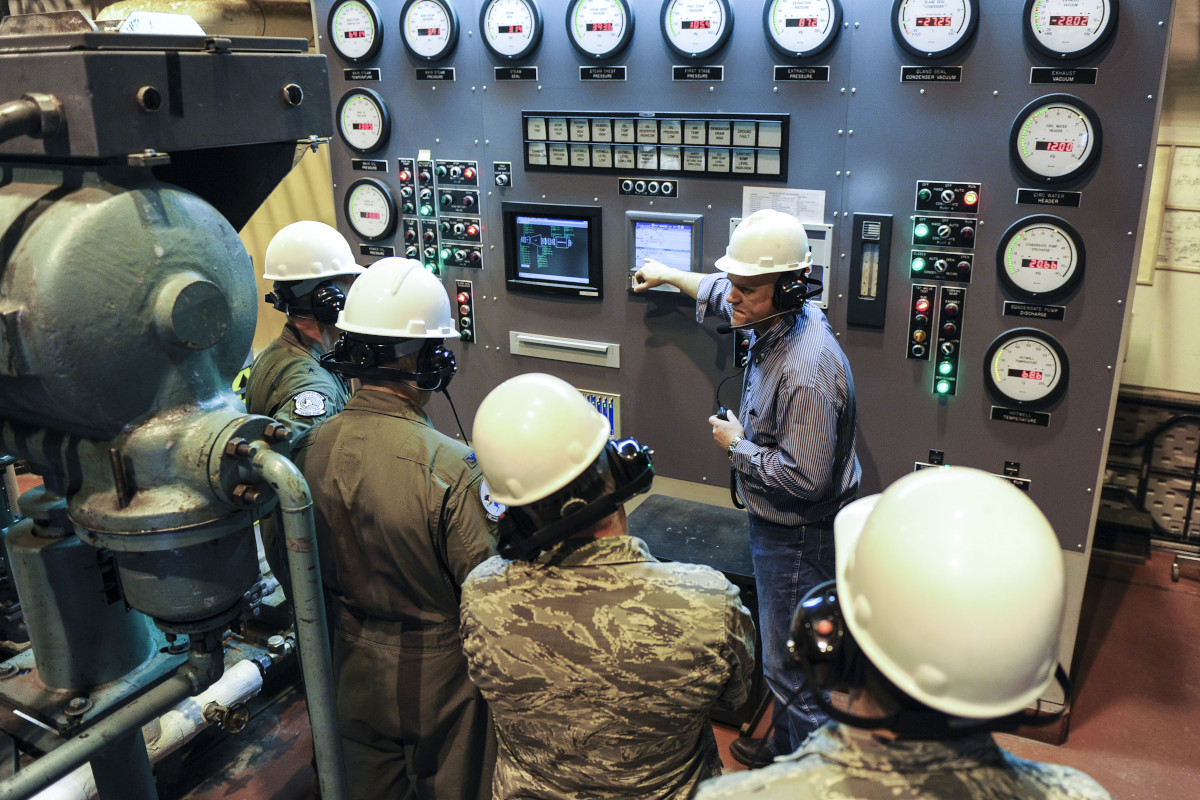
All told, the facility is a good representation of remote power generation challenges, broadly, as well as logistical and other impacts as a result of the continued reliance on fossil fuels. With regard to the latter issue, the U.S. military has increasingly highlighted the potential security risks presented by global climate change in recent years, and there have been numerous initiatives to reduce fossil fuel use across the services. Global climate change has also been a major factor in opening up access to new resources and trade routes in the Arctic, which has led to increased competition and growing concerns about the potential for conflict in the region. That, in turn, has increased the strategic significance of U.S. military bases in Alaska, including Eielson.
For Eielson, specifically, the use of coal presents environmental and cost issues related to the base’s power plant itself and the infrastructure necessary to support it. For instance, the Air Force owns a fleet of diesel locomotives that are dedicated to bringing the base trainloads of coal, as well as other supplies, on a regular basis.
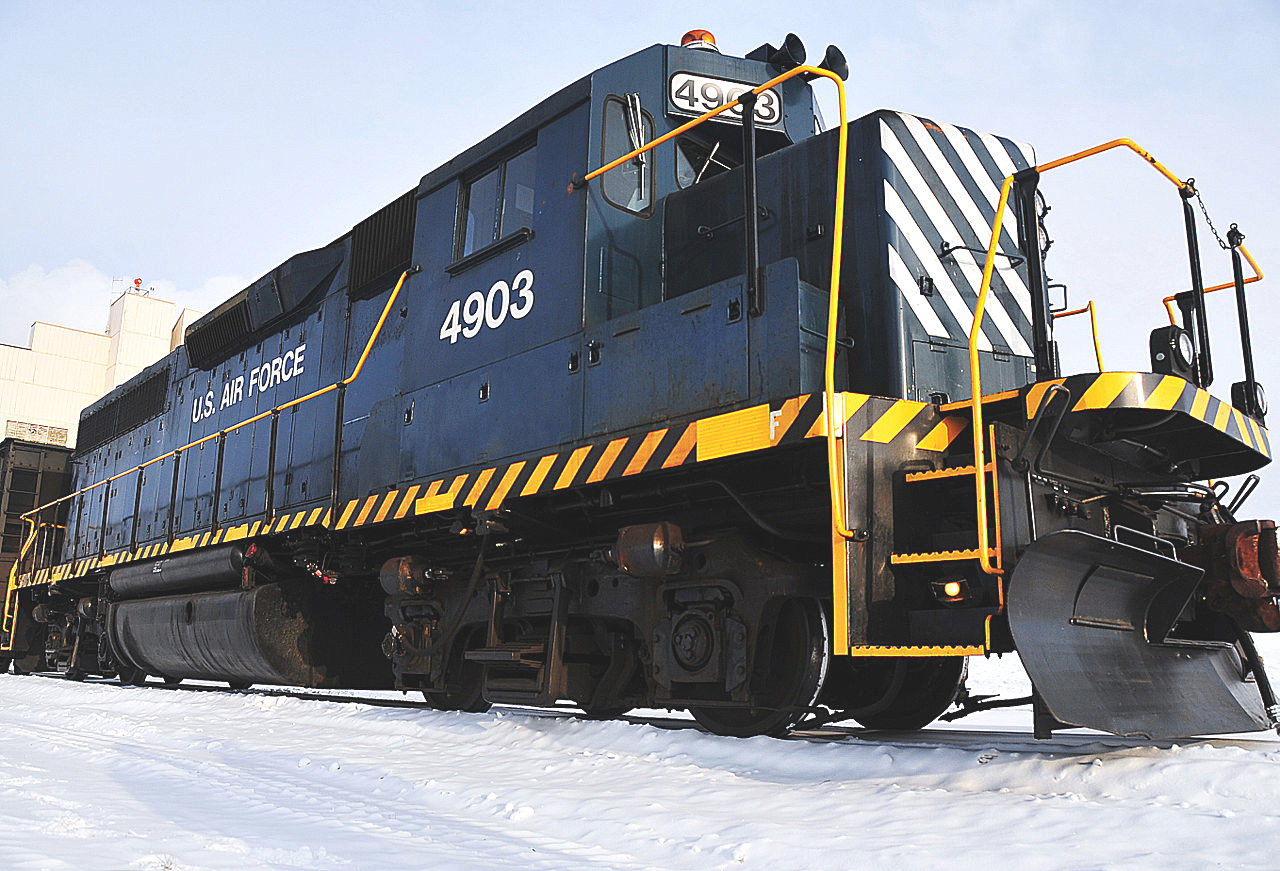
“The winter sees the highest level of sustained power, about 13 to 15 MWe [megwatts of electric capacity], using up to 800 tons of coal per day,” according to a 2018 report from the independent Nuclear Energy Institute (NEI). “The base maintains a 90 day supply of coal on site, and the plant has a thaw shed to de-freeze the coal prior to use.”
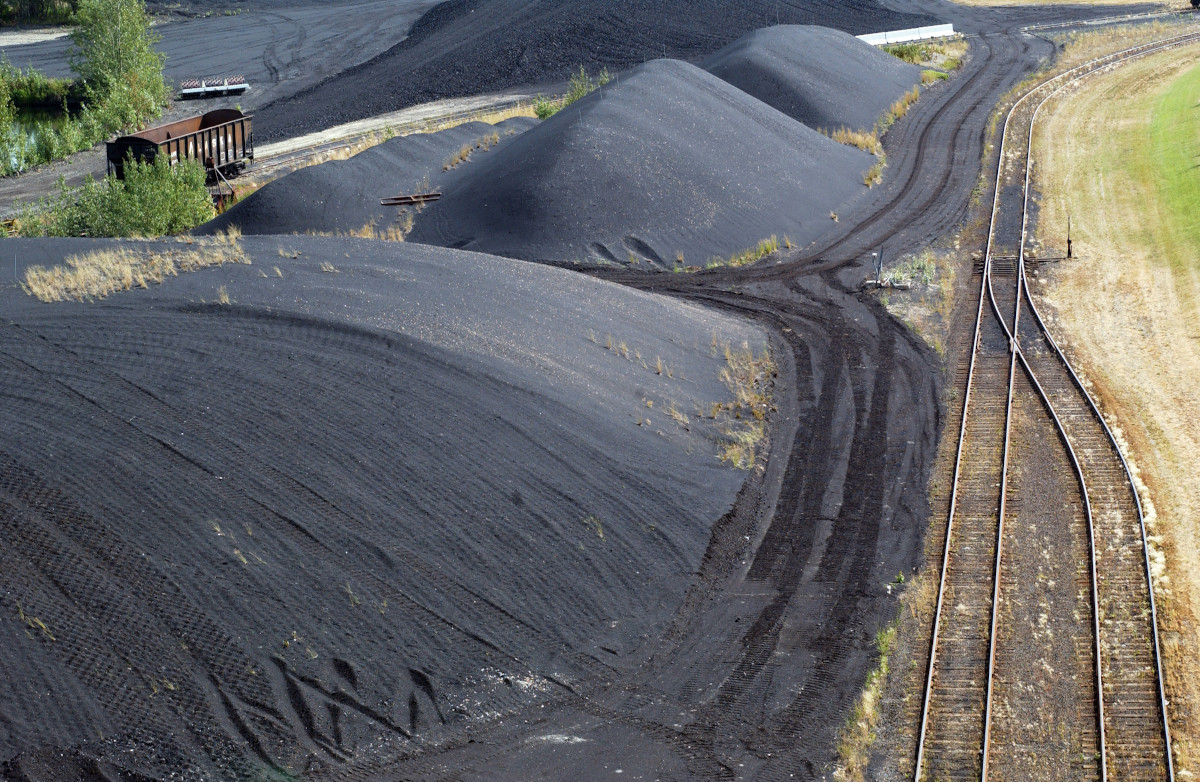
Eielson’s location, combined with the fact that it is a major Air Force base, presents certain benefits with regard to security and regulatory concerns, as well. “It should also be noted that numerous stakeholders have recommended that the first microreactor project in Alaska should be at a military base, possibly Eielson Air Force Base,” where “DOD is not required to comply with State law,” a report from the Alaska Center for Energy and Power (ACEP) at the University of Alaska Fairbanks, which was released in January, notes.
It is important to remember that Project Pele’s goal is not just to develop a small reactor to help power established facilities, but also one that could be readily deployable, including to forward locations on an actual battlefield. The idea is that this could streamline logistics and reduce costs for operations that currently rely on large, regular deliveries of gasoline, diesel, and other fuels.
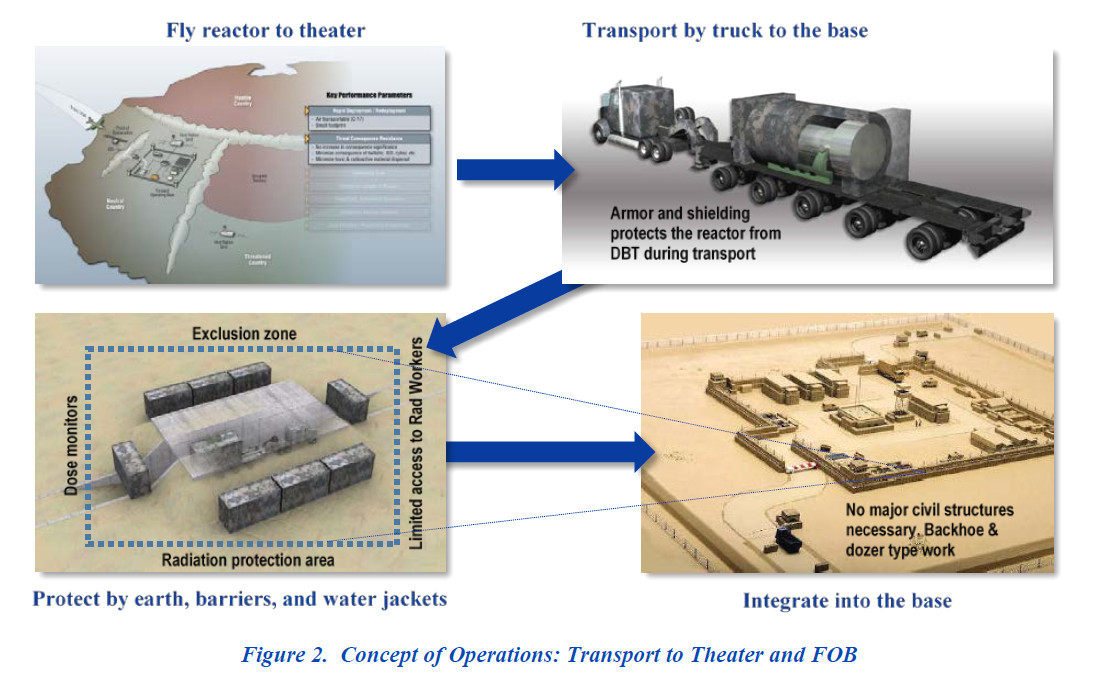
Though advocates point to the increased reliability offered by modern TRISO-fueled micro-reactor designs, there remain various other safety and security concerns, including what might happen if such a reactor is hit by incoming fire or captured by hostile actors. TRISO fuel is also touted as offering benefits when it comes to general environmental concerns, including the matter of waste byproducts.
At the same time, it is worth pointing out that 19,780 acres associated with Eielson are already designated by the U.S. Environmental Protection Agency (EPA) as a so-called “Superfund site,” due to existing toxic chemical contamination related to “closed and active unlined landfills, shallow trenches where weathered tank sludge was buried, a drum storage area, and other disposal and spill areas.” Recently, the base also has been identified as one that suffers from contamination as a result of the use of firefighting foams containing perfluorinated compounds.
“Public sentiment might affect potential decisions” when it comes to where to test micro-reactors, the January 2021 ACEP report notes.
The actual establishment of the micro-reactor plant at Eielson is still likely years away, in which time public sentiment and other factors could well impact the plan and its schedule. At the same time, the U.S. military, as a whole, is very interested in the potential that small reactors hold for providing large amounts of cost-effective power to support future battlefield operations and more routine day-to-day activities.
Contact the author: joe@thedrive.com
